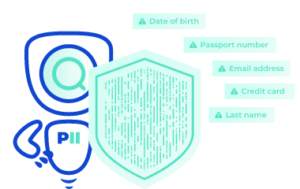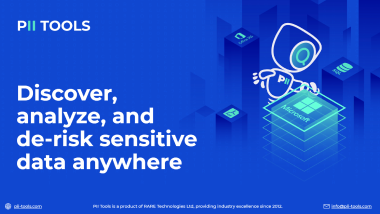2023 is already flipping data privacy on its head. Initially started by the GDPR, this trend is well on its way to taking over the globe. So, what changings to data privacy should YOU be on the lookout for this year?
Taking the World by Storm
Experts have estimated that a whopping 65% of the world’s population has its personal data covered by modern privacy regulations. And that number is expected to jump to a full 75% by year-end 2024. So it’s almost as if every country, state, and nation will soon implement its individualized data privacy compliance before you can start hanging the lights on your Christmas tree.
A great example of this phenomenon is the US State Privacy Legislation Tracker. By now, you should already be on a first-name basis with California’s regulation, the CPRA (if not, you can get up to speed HERE). And as you can see from the map, multiple other states quickly follow in this regulation’s footsteps.
![]()
Source: IAPP
What does that mean for online businesses? Well, now they’ll need to implement specific measures for all of their customers in Utah, Colorado, Connecticut, and Virginia, while also keeping their eyes peeled for states currently introducing their own regulations (all of the states in blue).
Of course, America isn’t the only place currently affected by the “Data Privacy Storm of 2023”. Saudia Arabia’s new Personal Data Protection Law will go into force by early spring of this year. Another example is Switzerland’s Federal Act on Data Protection, effective as of Jan. 1. And don’t get me started on Canada, Brazil, Australia… the list goes on.
In short, 2023 is overflowing with new regulations, each of which online companies are legally obligated to follow (assuming they meet the individual requirements). But the updates don’t stop there. You’ll also do well this year to pay attention to cookie changes and other tracking technologies.
Bye Bye, Cookies
By now, it’s safe to say that most businesses use a tool to update the Cookies Consent section on their website automatically. Unfortunately, this often sees cookies taking the back seat when discussing regulation compliance. But Google is about to shake up the cookies game like never before.
Initially slated for this year, Google has announced it will start blocking third-party cookies in 2024. And what will cookies be replaced with? The tool is called Topics API, which is part of Google’s new “Privacy Sandbox initiative”.
And it doesn’t take much searching online to see that most people aren’t too excited about the switch. That’s primarily because Google has provided little detail on the measurement aspects for Topics API, meaning we’ll have to follow the matter closely in 2023 to see exactly what this means for us, both as providers and customers.
Privacy-By-Design
Lastly, another trend gaining noticeable momentum this year is the “built-in privacy” concept. More specifically, companies are doing away with viewing data privacy as a stumbling block, something to overcome and hopefully push to the side as soon as possible. Instead, online businesses and service providers design their products with privacy as a primary feature.
This is a giant leap in the right direction. The consumer has spoken, and it’s evident that data privacy is only increasing in desirability. It also motivates anyone providing software, online solutions, or building new apps to go the extra mile, ensuring that their product is designed to keep their customers’ data safe and secure.
In short, you can expect more and more consumers in 2023 looking specifically to put their trust in providers who can protect their personal information. And this will have positive implications for the market as well. Hopefully, we’ll see privacy-driven companies rise to the top, setting the perfect example for others to follow.
2023: Data Privacy’s Breakout Year
There’s always a lot going on in the world of data privacy and online regulations. And it’s exciting to see the trends progressing towards protecting private information instead of the classic “let’s see what we can get away with” mentality we’ve, unfortunately, grown so accustomed to.
This is a landmark year for protecting user information online. So don’t get stuck in the compliances of 2022; there’s never been a better time to update and evolve. Not only because it’s the best thing to do for your bottom line but because your users will soon expect nothing less than trustworthy data privacy in 2023 and beyond.
Falling Behind in Data Privacy in 2023? Discover All of Your At-Risk Data with PII Tools!




